Have you ever traveled to a new place and wished you could say “thank you” in the local language? It’s amazing how just two words can make people smile and feel appreciated, no matter where they are from.
Learning how to say thank you in different languages is a small thing that can make a big difference.
In this article, you'll learn how to say thank you in different languages, like French, Chinese, Arabic, and more! By the end, you’ll know how to say “thanks” in a whole new way!

Thank You In Different Languages
European Languages

- French: Merci
- Spanish: Gracias
- German: Danke
- Italian: Grazie
- Portuguese: Obrigado/a (Use "obrigado" if you're male, "obrigada" if you're female)
- Polish: Dziękuję
- Swedish: Tack
- Finnish: Kiitos
- Norwegian: Takk
- Romanian: Mulțumesc
- Hungarian: Köszönöm
Asian Languages
- Chinese (Mandarin): 谢谢 (Xièxiè)
- Japanese: ありがとう (Arigatou)
- Korean: 감사합니다 (Gamsahamnida)
- Hindi: धन्यवाद (Dhanyavaad)
- Tagalog (Filipino): Salamat
- Thai: ขอบคุณ (Khop khun)
- Vietnamese: Cảm ơn
- Malay/Indonesian: Terima kasih
- Bengali: ধন্যবাদ (Dhonnobad)
Middle Eastern & African Languages
- Arabic: شكراً (Shukran)
- Swahili: Asante
- Turkish: Teşekkür ederim
- Hebrew: תודה (Toda)
- Amharic (Ethiopia): አመሰግናለሁ (Ameseginalehugn)
- Zulu: Ngiyabonga
- Yoruba (Nigeria): E dupe
Other Languages
- Russian: Спасибо (Spasibo)
- Greek: Ευχαριστώ (Efharisto)
- Dutch: Dank je
- Czech: Děkuji
- Hawaiian: Mahalo
- Maori (New Zealand): Kia ora
- Haitian Creole: Mèsi
Cultural Tips For Saying Thank You In Different Languages
Knowing how to say “thank you” is a great start, but understanding the cultural context can make your expression of gratitude even more meaningful. Here are some interesting nuances and etiquette tips for saying thank you in different languages:
1. Japanese – Bowing and Formality
In Japan, saying "ありがとう" (Arigatou) is often accompanied by a bow, which shows respect. The deeper the bow, the more sincere the gratitude. For even greater formality, "ありがとうございます" (Arigatou gozaimasu) is used, especially with elders or in professional settings.
2. Spanish – Levels of Gratitude
In Spanish, there are ways to express different levels of gratitude. A simple "gracias" is casual and suitable for everyday thanks, while "muchas gracias" (thank you very much) shows deeper appreciation. "Mil gracias" (a thousand thanks) or "muchísimas gracias" (many, many thanks) convey even stronger feelings of gratitude.
3. French – Formal and Informal Variants
In French, “merci” is commonly used, but for a more formal touch, “merci beaucoup” (thank you very much) adds an extra level of politeness. In highly formal settings or to emphasize gratitude, you might hear "je vous remercie."
4. Korean – Honorifics for Respect
Korean has two main ways to say thank you: "감사합니다" (Gamsahamnida), which is the polite, formal way, and "고마워요" (Gomawoyo), which is less formal. Using the formal "Gamsahamnida" shows respect and is often used in professional environments or when speaking to elders.
5. Arabic – Emphasis on Politeness and Religious Phrasing
In Arabic, "شكراً" (Shukran) is often paired with a response such as "عفواً" (Afwan, meaning "you’re welcome") to keep the politeness flowing. In some regions, people might say “Jazak Allah Khair” (May God reward you with goodness) as a religious expression of thanks, showing both gratitude and respect.
6. German – Adding Formality with "Vielen Dank"
While “Danke” is the common way to say thanks in German, adding "vielen" to say "vielen Dank" (many thanks) shows stronger appreciation. For a more heartfelt expression, "herzlichen Dank" (heartfelt thanks) is also used.
7. Chinese – Non-Verbal Gestures and Formality
In Chinese, “谢谢” (Xièxiè) is used in everyday contexts, while “多谢” (Duōxiè, meaning “many thanks”) and “非常感谢” (Fēicháng gǎnxiè, meaning “thank you very much”) convey deeper appreciation. In formal or traditional settings, showing respect through a slight bow or a nod can be customary when expressing thanks.
8. Italian – Expressing Intensity of Thanks
Italians often say "grazie mille" (a thousand thanks) or "grazie di cuore" (thanks from the heart) for a stronger expression of gratitude. Using "molte grazie" or “tante grazie” (many thanks) also shows deeper appreciation.
Understanding these cultural details can help make your thank-yous more authentic and warmly received!
Read Also:
Fun Facts Of Saying Thank You In Different Languages

Here are some fun and unique ways people express gratitude across the globe:
1. Thailand – Gender-Specific Politeness
In Thai, “ขอบคุณ” (khop khun) is the standard way to say thank you. However, it’s common to add “ค่ะ” (ka) if you’re a woman or “ครับ” (khrap) if you’re a man, adding a touch of politeness and indicating the speaker’s gender
2. Italy – Thanking with a Thousand Thanks
Italians often use "grazie mille," which means “a thousand thanks.” This expression shows heartfelt gratitude and is commonly used to convey deep appreciation, especially for kind gestures.
3. India – Namaste as a Thank You Gesture
While "धन्यवाद" (Dhanyavaad) is the direct word for thank you in Hindi, it’s also common to say “namaste” with a slight bow of the head and hands pressed together. It’s more than just gratitude—it’s a gesture of respect and acknowledgment.
4. Iceland – Subtle Expression with "Takk fyrir"
Icelanders often say "takk fyrir" to express thanks, which translates to "thank you for…" It’s commonly used with a slight nod, reflecting a polite yet understated approach to gratitude.
5. Russia – Saying Thank You as “Health to You”
In Russian, "Спасибо" (Spasibo) is derived from the old expression “spasi Bog,” meaning “may God save you.” This unique root reflects the culture’s deep ties between language and history.
6. Japan – "Sumimasen" for Apologetic Thanks
In Japan, people sometimes say “すみません” (Sumimasen), which translates to “excuse me” or “I’m sorry,” as a way of showing gratitude, especially if they feel they’ve inconvenienced someone. It’s a unique blend of apology and thanks.
7. New Zealand – "Kia Ora" as a Greeting and Thank You
In Māori, the indigenous language of New Zealand, “kia ora” is a versatile phrase meaning “hello,” “thank you,” and even “be well.” It’s often accompanied by a smile and is a core part of friendly Kiwi culture.
8. Korea – Offering Food or Gifts as Thanks
In Korea, actions often speak louder than words. While “감사합니다” (Gamsahamnida) is polite, offering a small gift, treat, or tea is also a common way to show appreciation and is viewed as a warm, thoughtful gesture.
9. Greece – Emphasizing Gratitude with "Efharisto para poly"
In Greek, adding “πάρα πολύ” (para poly) to “Ευχαριστώ” (Efharisto) makes it mean “thank you very much.” Greeks love to emphasize their gratitude, often with expressive gestures like a friendly hug or handshake.
10. Finland – Quiet Gratitude
Finns often show appreciation with a simple "kiitos," accompanied by a nod or smile. As a culture that values personal space and minimalism, they often let their actions show appreciation rather than over-expressing it.
These unique ways of saying thank you reveal a lot about cultural values and the many ways we can express gratitude!
Read Also:

Why You Should Learn Saying Thank You In Different Languages
Learning to say thank you in different languages isn’t just about knowing more words; it’s about connecting with people and showing respect for their culture. Here’s why it matters:
Connect with Locals While Traveling:
When you’re in a different country, saying “thank you” in the local language can make people feel appreciated and respected. Even a small effort to speak their language can turn a simple interaction into a warm, friendly exchange.
Impress International Friends and Colleagues:
Knowing how to say “thank you” in multiple languages is a skill that stands out, especially with friends or coworkers from different backgrounds. It shows you’ve taken the time to learn something meaningful about their culture, which can strengthen relationships and build trust.
Gain Insight into Different Cultures:
Every culture has its unique way of expressing appreciation, and learning how people say “thank you” can give you a glimpse into their customs and values. In some cultures, gratitude is formal and respectful, while in others, it’s more casual and friendly.
Read Also:
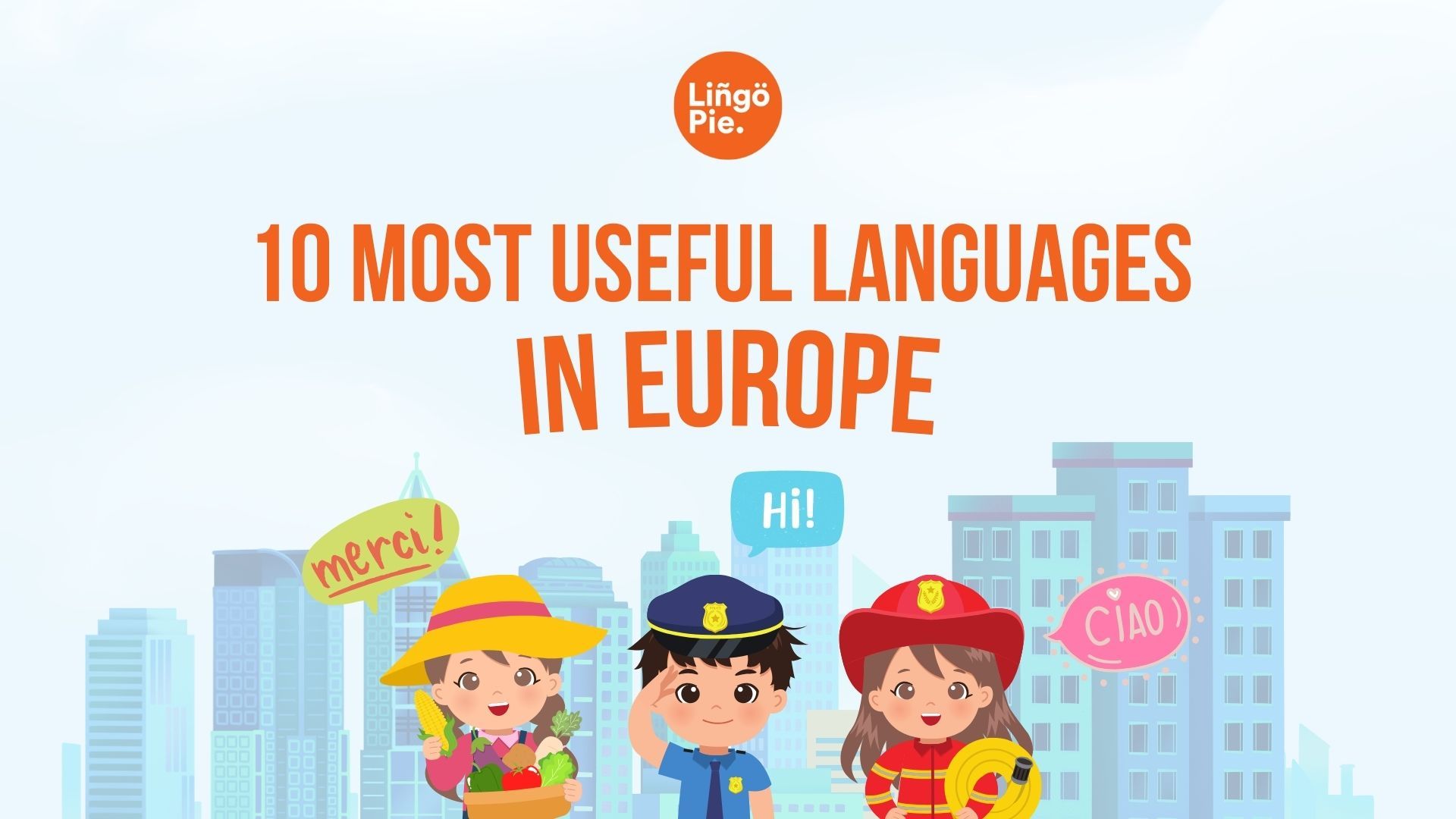
Say Yes To Learning Different Languages With Lingopie!
Learning to say thank you in different languages is a great way to connect with people from around the world. Each culture has its own special way of showing gratitude, and even simple words like “gracias,” “merci,” or “arigatou” can help you make friends and understand new traditions.
If you want to go even further with learning languages, check out Lingopie! Lingopie is a fun tool that helps you learn different languages by watching TV shows and movies with subtitles. It’s a great way to hear how real people speak and to pick up even more useful phrases.
Why not start exploring the world of language today? Try Lingopie, read more about global cultures, or share your favorite “thank you” from this list with a friend!








![Date And Time In French: A Guide For Beginners [2025]](/blog/content/images/size/w300/2025/11/Date-and-time-in-french.jpg)